I Used A Brand New Putter In An Important Round - Here's Why I'll Never Do It Again
It can be oh so tempting to use a new club out on the course immediately after acquiring it - here's why doing so can be a really bad idea...
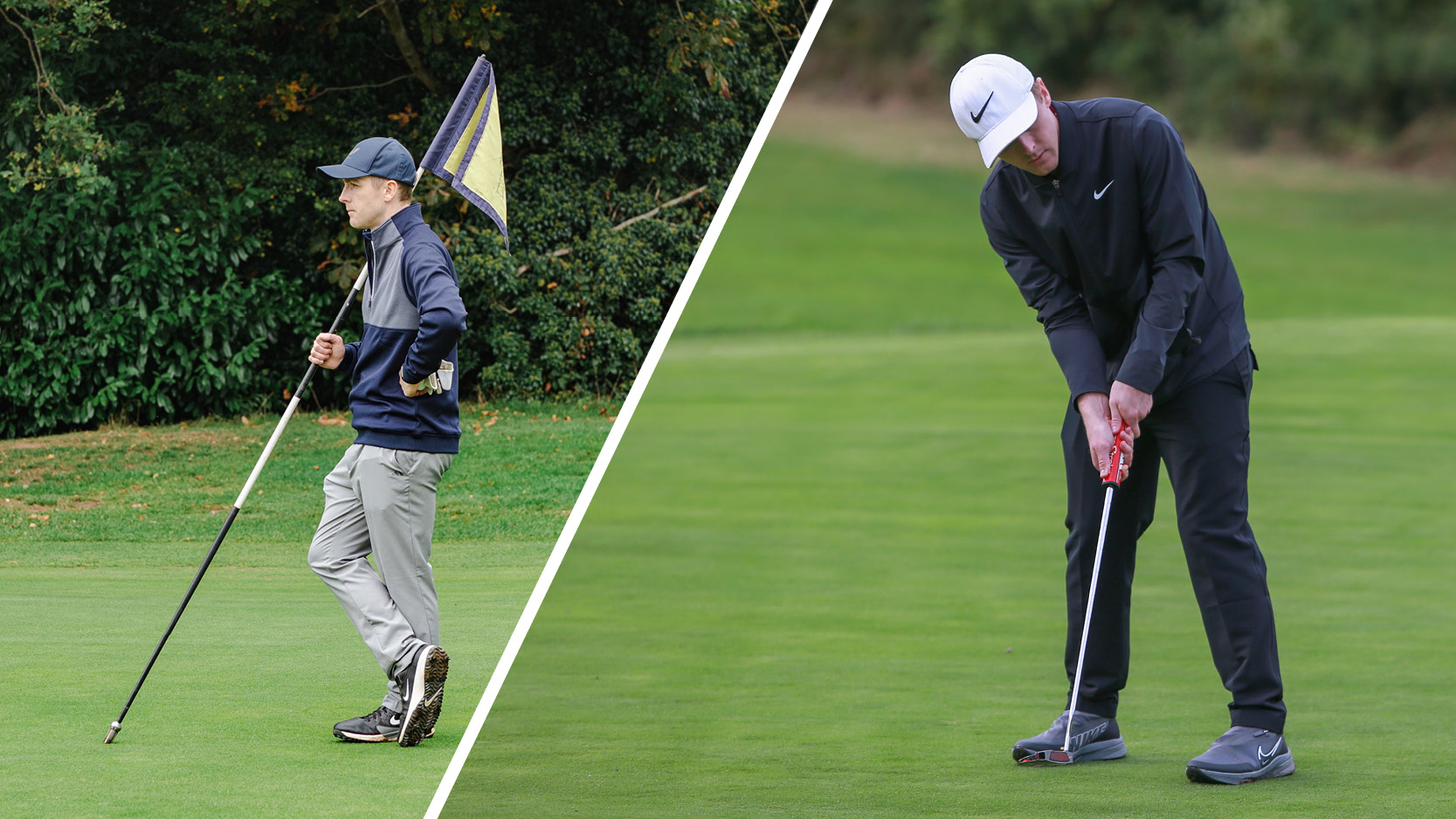

The putter is the most important club in the bag, so they say. As a general rule, golfers hit roughly 40% of their shots with the old flat stick in single round.
Therefore, if you're struggling on the greens, have tried other avenues first (like practicing!) and feel your only remaining option is a change of club, it's usually a good idea to become extremely familiar with said club before gaming it in an important round.
You could do this by utilizing the putter for any number of top putting drills on the practice green or simply by playing a number of casual rounds with it.
Then, once you understand how the ball reacts off the face in relation to short putts, long putts, breaking putts, straight putts and every other kind of putt on every possible kind of green (within reason), you might feel suitably confident to game the new weapon in a round which really matters.
However, I also understand the all-consuming temptation to roll any new club you obtain out on the course with barely enough time to take the protective gear off.

And here's a cautionary tale on why that's a really bad idea.
For context, I'm a distinctly average golfer. My handicap index is somewhere around the high teens and - as well as a considerable lack of distance off the tee - my biggest issue pertains to putting.
Subscribe to the Golf Monthly newsletter to stay up to date with all the latest tour news, equipment news, reviews, head-to-heads and buyer’s guides from our team of experienced experts.
I didn't used to be too bad on the greens, but over the years a combined lack of stable technique and too much thinking chipped away at my confidence. Now, I'm pretty happy to just two-putt from any distance and get out of there. Hands up if that's also you...
For about the past decade, I've used a Nike Method Converge S2-12. I loved the way it looked and that's why I bought it in the first place. At the time, I knew almost nothing about golf clubs and their individual quirks. Although I know a little more nowadays, I can't say I wouldn't still buy a similar version from a different brand.
That's beside the point. Although I could occasionally putt well with the Nike, I became frustrated with a lack of forgiveness off the face, especially with long-range putts. Again, my technique might not be the best, but this problem could easily be sorted out by a change in club, so I thought.
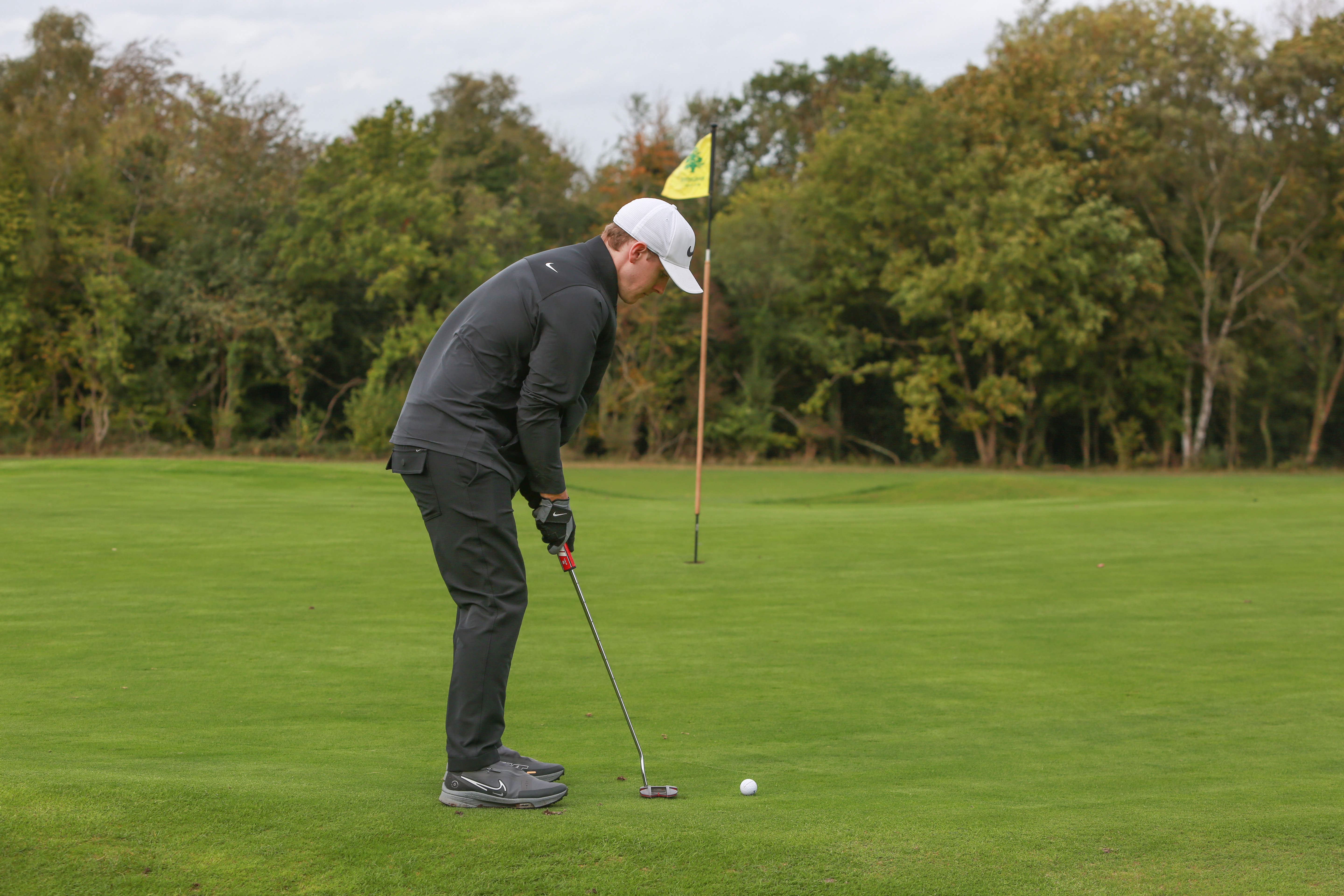
My theory was that the insert face in the Nike putter was not doing me any favors in terms of forgiveness, so any putter with a milled face would be the obvious solution to my issues.
I politely requested to borrow such a tool from one of the Golf Monthly team and was delighted when I was told it would be available at our upcoming test day.
As someone who has no interest in becoming a member of a club (perhaps a story for another time), these competitive rounds are as close as I will come to playing in a medal or club championship. So, for me, they matter.
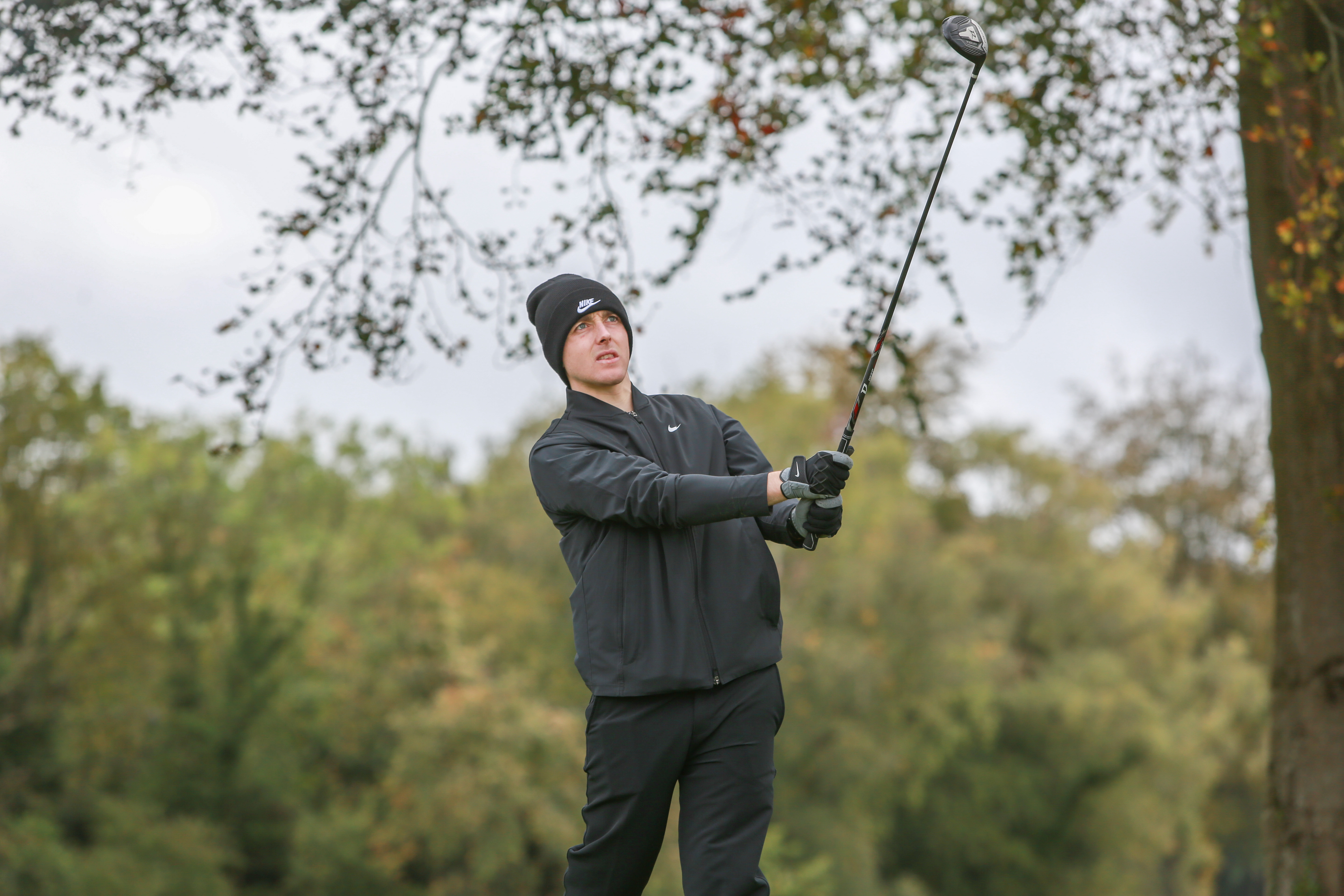
I arrived at our latest test day having dropped my handicap into the mid-teens and having broken 90 several times in a row. I was not only feeling optimistic about my chances of competing for the top honors but also eager to finally show the swathes of single-figure players in our team how much progress I'd made because my game appeared to be in a good place.
However. I made an error which - in hindsight - absolutely obliterated my chances before I'd even begun. With four new wedges to try and a putter to boot, I excitedly threw all of them in my bag and thought they could only help me in my quest.
In the words of the great Julia Roberts in Pretty Woman - 'Big mistake. Big. Huge.'
Anyone with a shred of golfing IQ will be rolling their eyes reading that last part and saying "no, no, no, this obviously won't end well." Deep down, I agreed. But, apparently, I didn't care.
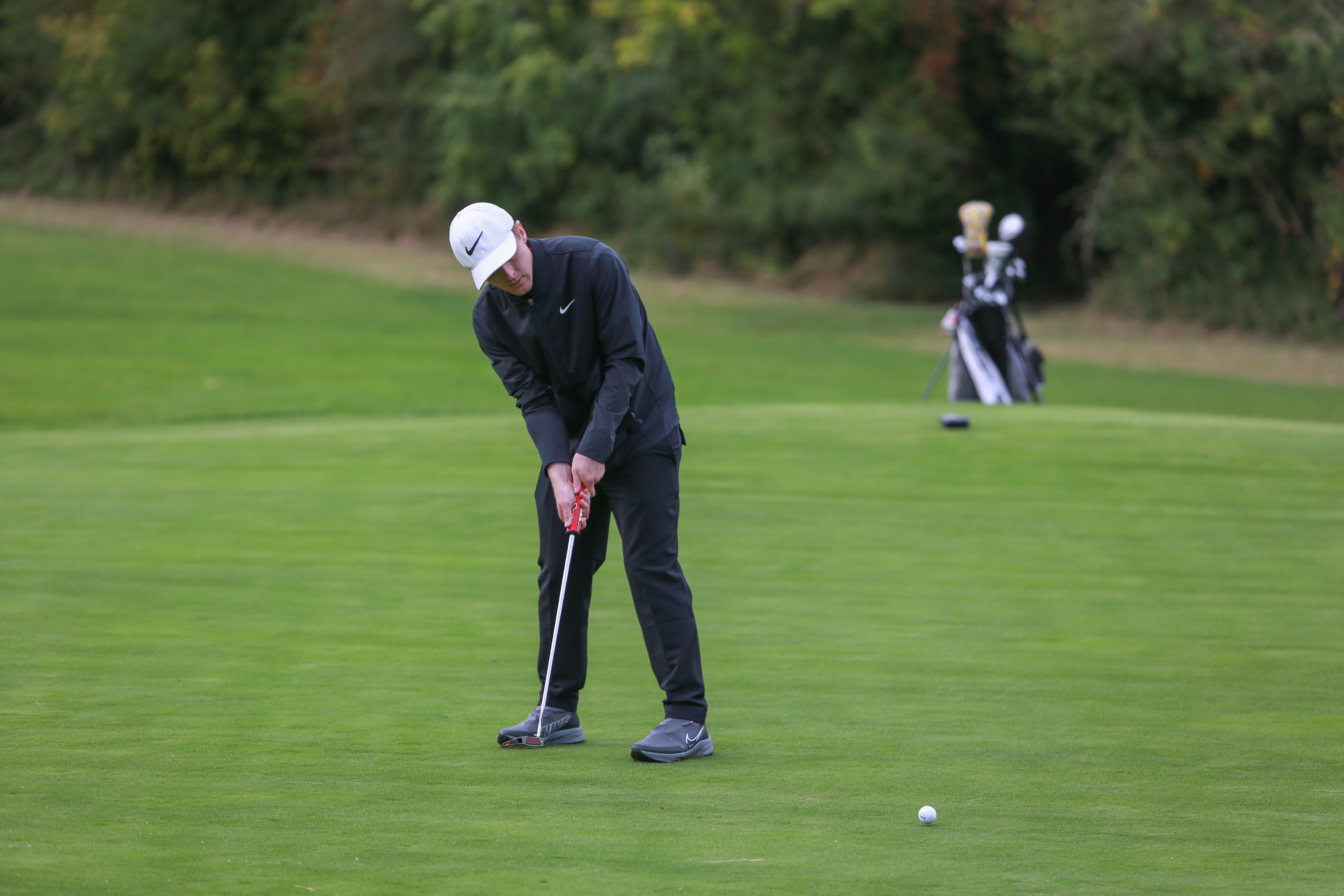
While the wedges actually proved to be an extremely useful addition, trying to putt on slick greens with a club I had barely picked up might go down as one of the worst ideas I've ever had (on a golf course).
Following just a handful of practice putts before I went out, I thought I'd done enough and would be able to work it out as I went along. 'How bad could it be?', I thought.
As it turns out, quite bad. I could not get used to the different sound it made, the feel off the face, the weight, the smaller grip size or the shape of the head. In short, I hated everything about it.
I putted so poorly, I stopped playing about two-thirds of the way around. I've never "walked off" a golf course in my life. And, just like many other mid-to-high handicappers, I've had plenty of chances.
The lack of confidence and confusion the new putter had injected into my game spread to the rest of my bag, causing me to sit down stunned and wonder what had happened.
I sheepishly followed the other three players in my group around the remaining few holes filled with shame and embarrassment. I'd also let myself down by apparently allowing the true purpose of the day to morph into what I felt was the final day of The Masters.
There is almost certainly another story in how unhealthy levels of expectation from golfers can lead to bad things happening on course, but - undoubtedly - another monumental factor in my lack of competitiveness on this day was down to the new putter.
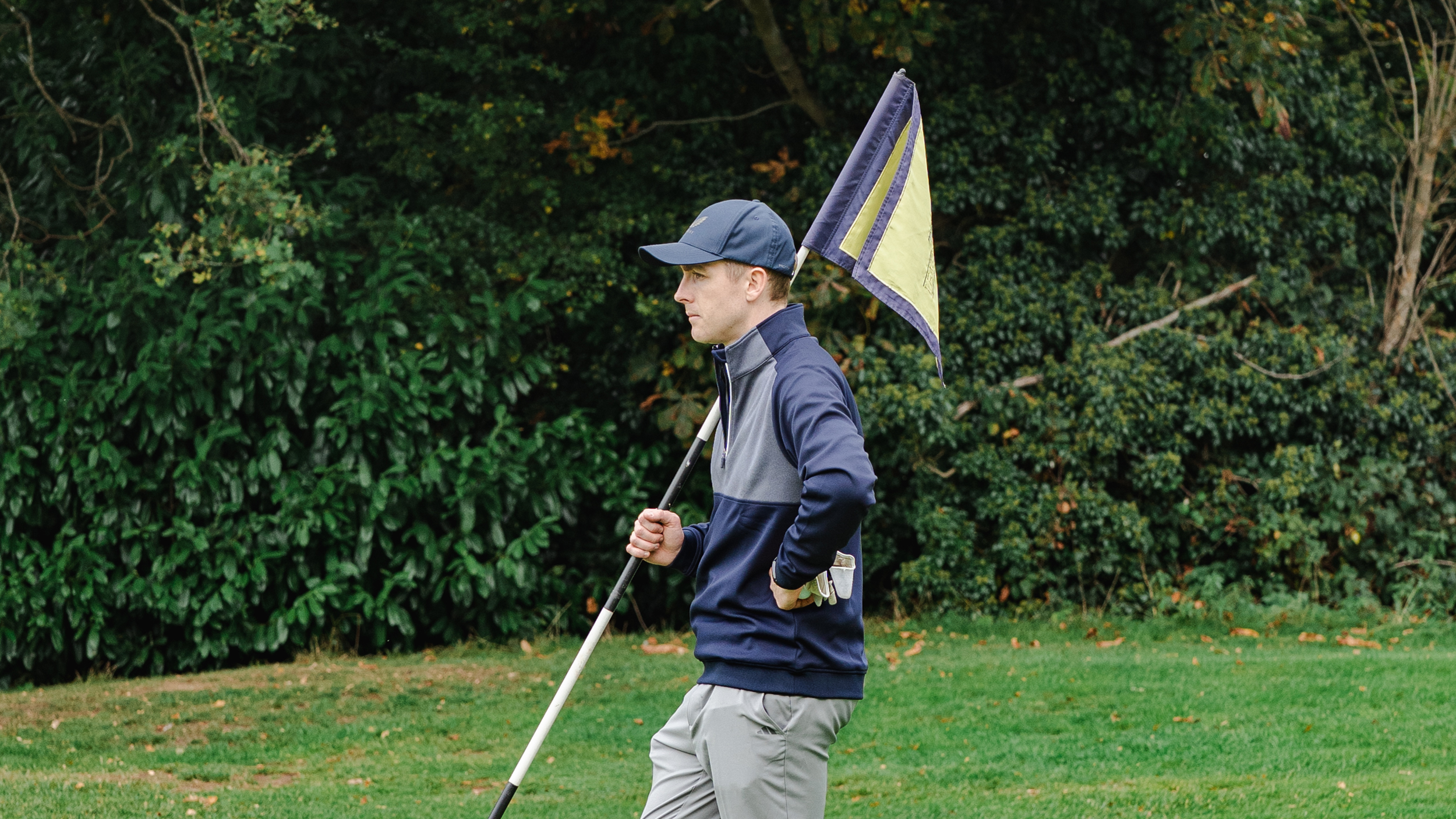
Not only was it a significant error to use a fresh flat stick in an important round, it wasn't even one that I had been fitted for. Should I have gone through the proper fitting process, perhaps things would have turned out differently. Or maybe I would have still putted almost 40 times because new clubs take time to bed in.
Who knows? What I do know is, if you happen to be thinking about a change in putter over the coming months, implement the common sense I left in the clubhouse and use it a few times before a competition. You'll thank yourself later...

Jonny Leighfield is our Staff News Writer who joined Golf Monthly just in time for the 2023 Solheim Cup and Ryder Cup. He graduated from the University of Brighton with a degree in Sport Journalism in 2017 and spent almost five years as the sole sports reporter at his local newspaper. During his time with Golf Monthly, Jonny has interviewed several stars of the game, including Robert MacIntyre, Ian Poulter, Lee Westwood, and Joaquin Niemann. An improving golfer himself, Jonny enjoys learning as much about the game as he can and recently reached his Handicap goal of 18 for the first time.
You must confirm your public display name before commenting
Please logout and then login again, you will then be prompted to enter your display name.